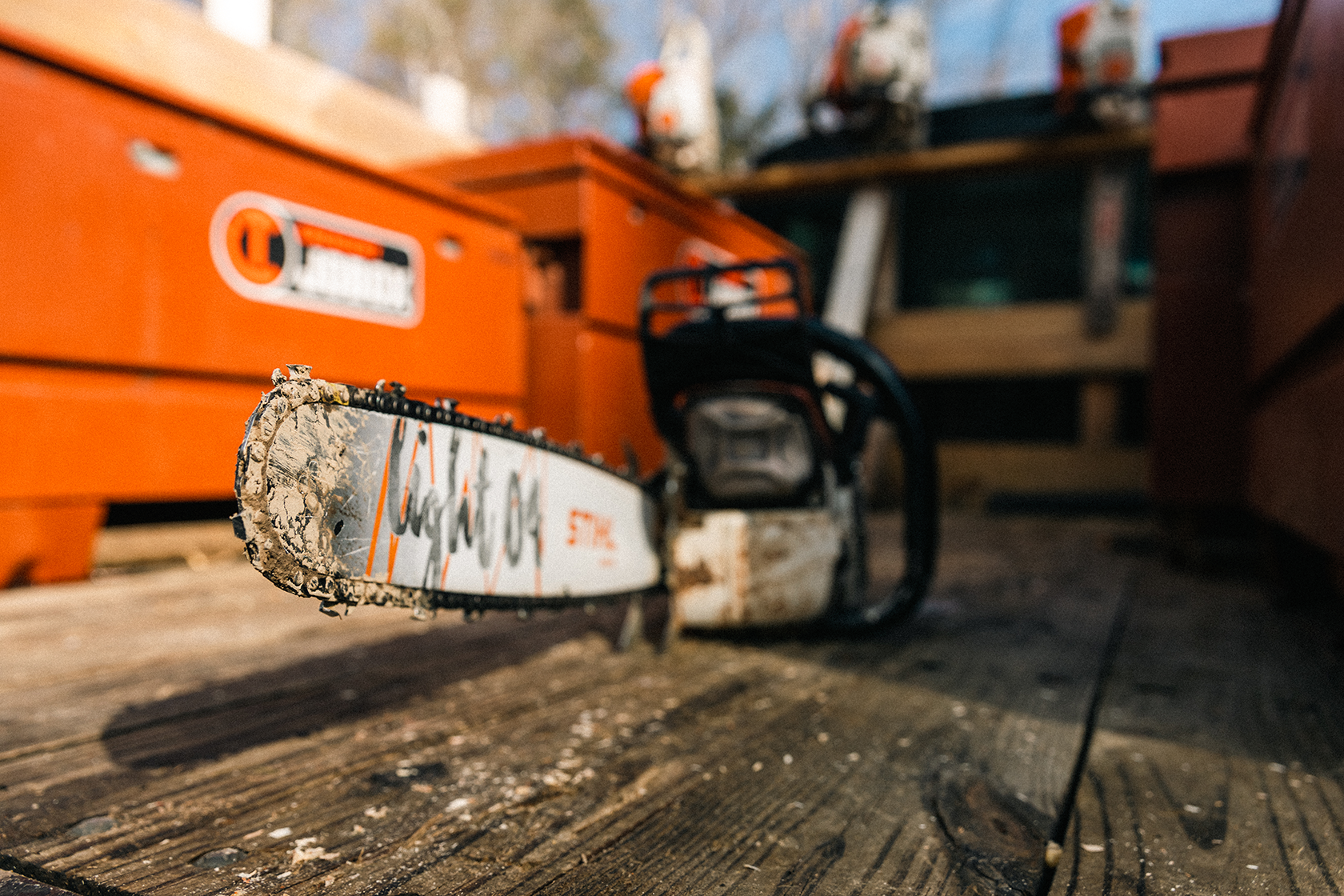How I Work
Why The Affordable Tree Guy?
Hi! I’m Brendan and I pride myself on providing personal service to each and every one of my customers. I’ll quickly visit your property to assess the situation and provide the best possible price for the services you need.
I’m committed to safely removing your trees with the least impact on your wallet—the old-fashioned way.
I’ve worked with homeowners and business owners in Lee, Barrington, Nottingham, Durham and other surrounding New Hampshire towns and have received top rankings based on my commitment to provide safe, honest, and capable tree services at a fraction of the cost.
As a former firefighter, I always put safety first. You can count on me to work with you throughout the process to ensure your absolute satisfaction for a job well done, safely and promptly.
My Process
Step 1: Size up the Tree
I start by looking at the tree to assess whether I can drop it whole or if it needs to be taken down in pieces. If it can be dropped whole, I determine which way it’s leaning, if it’s compromised in any manner, if there are surrounding obstacles, and where the weight is. Sometimes you’ll see me back up and stare at a particularly complicated tree for a bit. I can’t uncut a tree, so planning is everything!
Step 2: Cut a Proper Notch
There’s an art to old-fashioned tree felling. A proper notch will direct a tree exactly where it needs to go. There are dozens of different styles of notch I may use. Sometimes a tree needs to jump over an obstacle or roll at a certain time while it falls. On rare occasions, I won’t use a notch at all and will instead allow the tree to “barber-chair” to keep it off landscaping directly at the stump. Or I may plunge the saw directly through the tree and hammer in wedges to push the tree in the desired direction.
Step 3: Backcut
Once the notch is cut and wedges are set, it’s time to drop the tree! I usually start the backcut on the opposite side from the notch and keep cutting until the tree starts to fall. There’s a bit of science to a good backcut, as it can determine the speed of the falling tree.
Step 4: Buck up the Tree
Once the tree is down, it needs to be prepared for clean-up. I’ll work my way to the top, cutting off all the branches and then cutting the trunk into firewood or sawmill logs.
Step 5: Harvest & Disposal
I harvest as much of the tree as I can. Any good logs are sent to local sawmills and I process anything else worth saving into firewood. What remains is typically just brush, which is ground into mulch or burned for ash used in compost. This is not only good for the environment, it’s also good for your wallet—it’s part of the reason I’m able to offer such competitive pricing.
**If you’re in need of tree felling, stump removal, land clearing or any other tree-related service for an affordable price — let’s talk!




